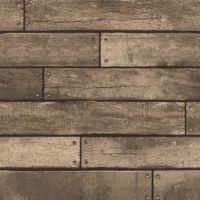Why Risk Disappointment?
You’ve probably spent a lot of time designing your room and choosing the perfect wallpaper, so why risk disappointment by falling into certain wallpapering traps? In this blog post we are going to cover some of the most common errors that people make when hanging wallpaper and how best to avoid these problems. We’re here to help you get it right the first time around!

Not Reading the Instructions
Is your wallpaper a paste the wall or a paste the paper design? Is it spongeable, washable, extra washable or scrubbable? What is the design’s pattern match? If you don’t confidently know the answer to any of these questions then, before you go any further, take a look at your wallpaper’s label. We cannot stress enough the importance of this step! On the label you will find a range of terms and symbols which provide this vital information. The meaning of each symbol can be found easily online and for help with any technical terms check out our glossary. But why is it so important that you know this information? Well, there are many types of wallpaper which require very different processes for hanging. Not adhering to a wallpaper’s instructions could result in irreparable damage to the paper. For the short time that it takes to read the label it is not a risk worth taking. This also applies if you are hiring a decorator. Make sure that they have read the instructions as well. No amount of experience puts you above reading the wallpaper label. In fact, a more experienced decorator will automatically know to check the label first.

Poor Wall Preparation
Filling in Holes and Gaps
Wallpaper will not hide every sin. Before you even consider wallpapering, fill in and smooth down any holes and gaps in the wall itself. It is important to make sure the filler and walls are completely dry before starting to paper.
Preparing the Surface
Any excess debris such as dust, shavings, left over adhesive, paper scraps etc. should be removed to maximise adhesive quality and prevent lumps underneath the paper. When paste is applied to wallpaper it expands, so poor adhesion can lead to increased shrink-back as the wallpaper dries. Wallpaper paste will not adhere to a surface which will not allow it to partially soak in. If there is grease or another impermeable substance on the wall then you need to ensure that the surface is properly cleaned. Additionally, as emulsion is extra washable, wallpapering over existing paint may also cause a problem, but if you lightly sand the wall, it’ll provide a rough surface for the adhesive to stick to.
Wallpaper Paste Problems
Type
Just like with wallpaper there are many different types of adhesive and choosing the right wallpaper paste is crucial. The strength and variety of the required paste is determined by the wallpaper’s weight, thickness and type. For example, a particularly heavy or thick design may require a heavy duty paste to ensure that it sticks firmly to the wall as it dries. Using the wrong type of paste can result in the wallpaper not sticking properly or even damage to the wall covering. A little research into which paste to get for your particular design can prevent a whole range of problems later down the line. Additionally, using a paste which is old and been left open for some time may also compromise its adhesive properties.
Mixing
Another common pasting problem is with paste not being mixed correctly. If the paste is too diluted and fluid then it will have decreased adhesive properties and could cause blisters under the wallpaper. If it is too thick then it could cause lumps beneath the surface of the paper. Again, simply follow the instructions on the adhesive in relation to technique and ratio.
Amount
It can also cause problems if you apply too much or too little adhesive to the wallpaper. You should apply the paste evenly either across the wallpaper itself for a paste the paper design or over the wall for a non-woven, paste the wall wallpaper. Applying it either too thick or too thin results in reduced adhesion which could cause blisters in areas that are too damp or too dry.
Soak Times
It can be incredibly frustrating when freshly hung wallpaper begins to bubble or crease and one of the most common causes of this is not adhering to soak times. When paste is applied to wallpaper it expands. Soak time is the time it takes a wallpaper to expand to its maximum width once an adhesive has been applied. If a wallpaper is not left for its full soak time then it may continue to expand on the wall, causing creases in the wallpaper and possibly even expansion bubbles. These expansion bubbles are very unlikely to reduce or be easily removed once dry. Soak time is dependent on room temperature and the type of wallpaper used and can normally be found on the wallpaper’s label. Please note that paste the wall wallpaper will not have a soak time.
Drying Out
If you paste your paper too long before it is hung then the paste will dry out causing the wallpaper to blister or not stick at all. To prevent this, paste as you go rather than pasting multiple strips at a time. You may also notice a “drying-in” effect at the edges of your wallpaper. When the paper is folded adhesive side in for soaking, the very edge of the sheet is often the only part exposed and so may dry out first. In this case apply an adequate amount of adhesive to the edges around the wallpaper.
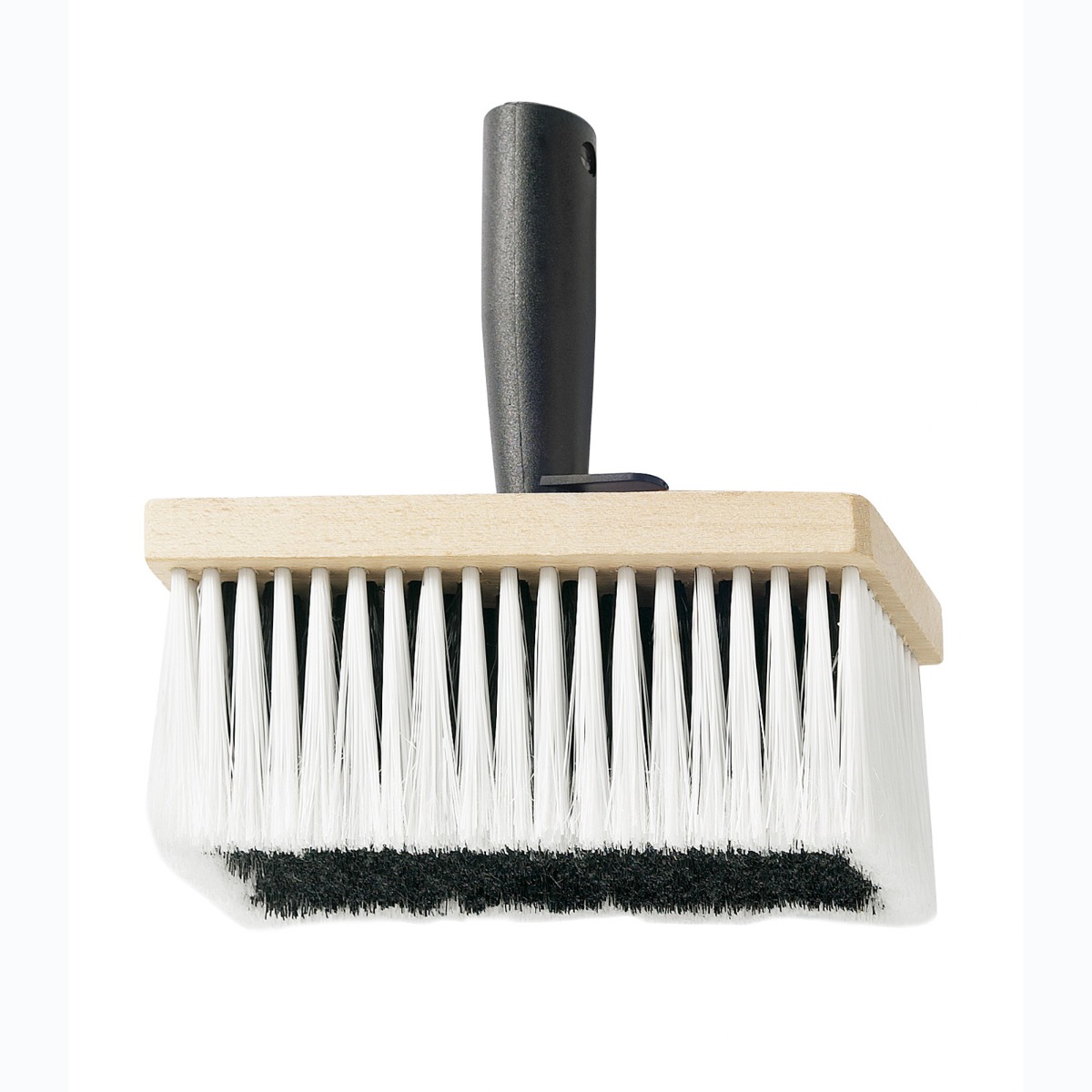
Wallpaper Hanging Errors
Batch Numbers
The first thing you should do when getting multiple rolls of wallpaper is to double check that they are from the same batch. If they are from different batches there may be a slight, unavoidable variation in colour which could result in the wallpaper varying across the room. To check batch numbers simply look at the wallpaper label which will have the batch number (or letter) printed on the outside.
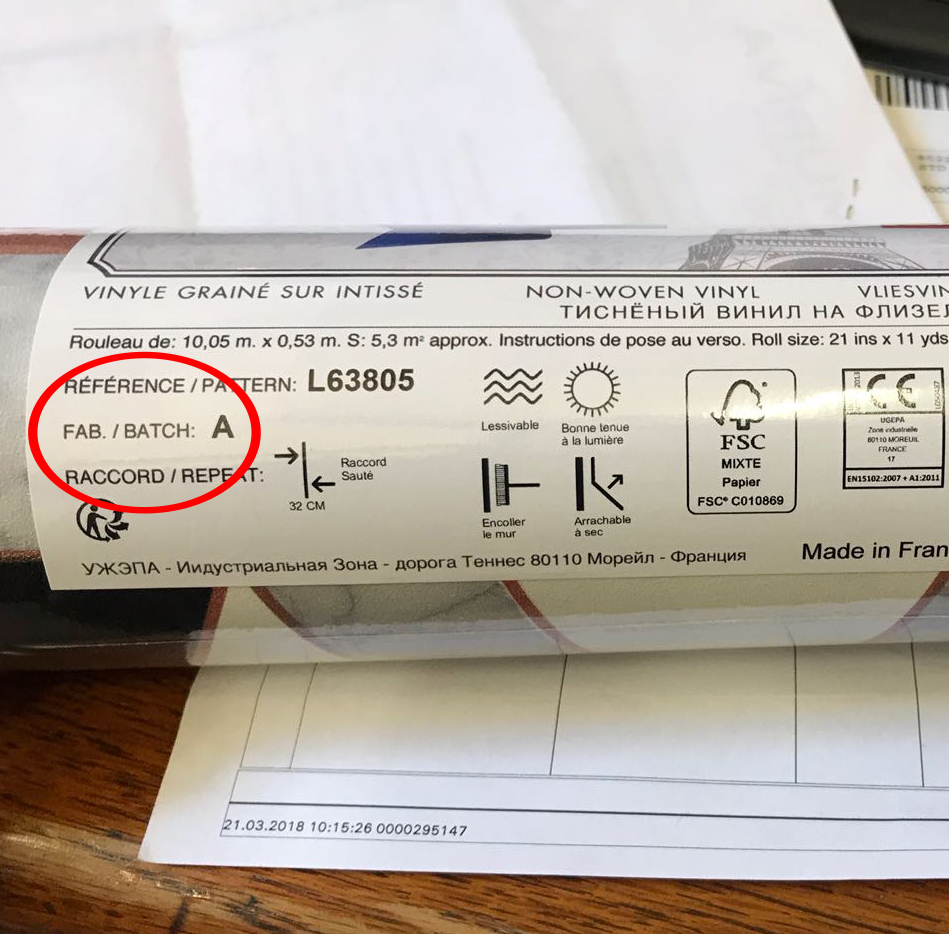
Hanging the Wrong Way Up
You would be surprised at the number of people who accidentally hang their wallpaper upside down. To avoid this, simply double check the design before starting. Some designs are obvious which way up they go but other designs may need closer inspection. Also don’t just assume the way a wallpaper is rolled signifies which way up it goes as not all manufacturers roll their wallpaper in the same way.
Not Hanging Straight
Sometimes, despite your best efforts, your wallpaper may need further aligning. If the first strip is not straight, then the rest will not be either. To realign this wallpaper, your only option should be to carefully remove the entire strip and reapply it. Do not try to pull or push the wallpaper into alignment as this can tear, stretch or weaken the paper. You should also try to minimise reapplication, as repeated reworking of the paper can also lead to stretching, which can seriously affect the design’s pattern match.
Not Smoothing Out
To avoid unsightly air bubbles, ensure that you gently smooth down the paper as you apply it. If you notice bubbles forming immediately, then lift up the wallpaper from the bottom and smooth it back down properly. Air bubbles may reduce slightly as the wallpaper dries but they will not flatten completely. You may see advice to pin prick the bubbles and attempt to brush them out after drying but this might result in creasing so we would not advise this.
Not Following Pattern Match
It is so important when hanging wallpaper that you take into account the design’s pattern repeat and pattern match. Pattern repeat is simply the vertical distance between the start of a pattern to the point where it repeats further down. Pattern match is the horizontal alignment of the design between adjacent strips. The most common pattern matches that you will encounter are free match, straight match and offset match. Free match or random match is by far the easiest to hang. There are no matching seams so there is no set way that the strips must be aligned. With a straight match, the pattern matches across the width of the paper – a straight across match if you like. Offset match, also called drop match, is the hardest to hang. When hanging this match, every second strip must be offset by the specified pattern length. Basically, the edge of the wallpaper only matches the edge of the second strip when it is dropped by a specific distance. For more information we’ve compiled a YouTube playlist of useful pattern match videos.
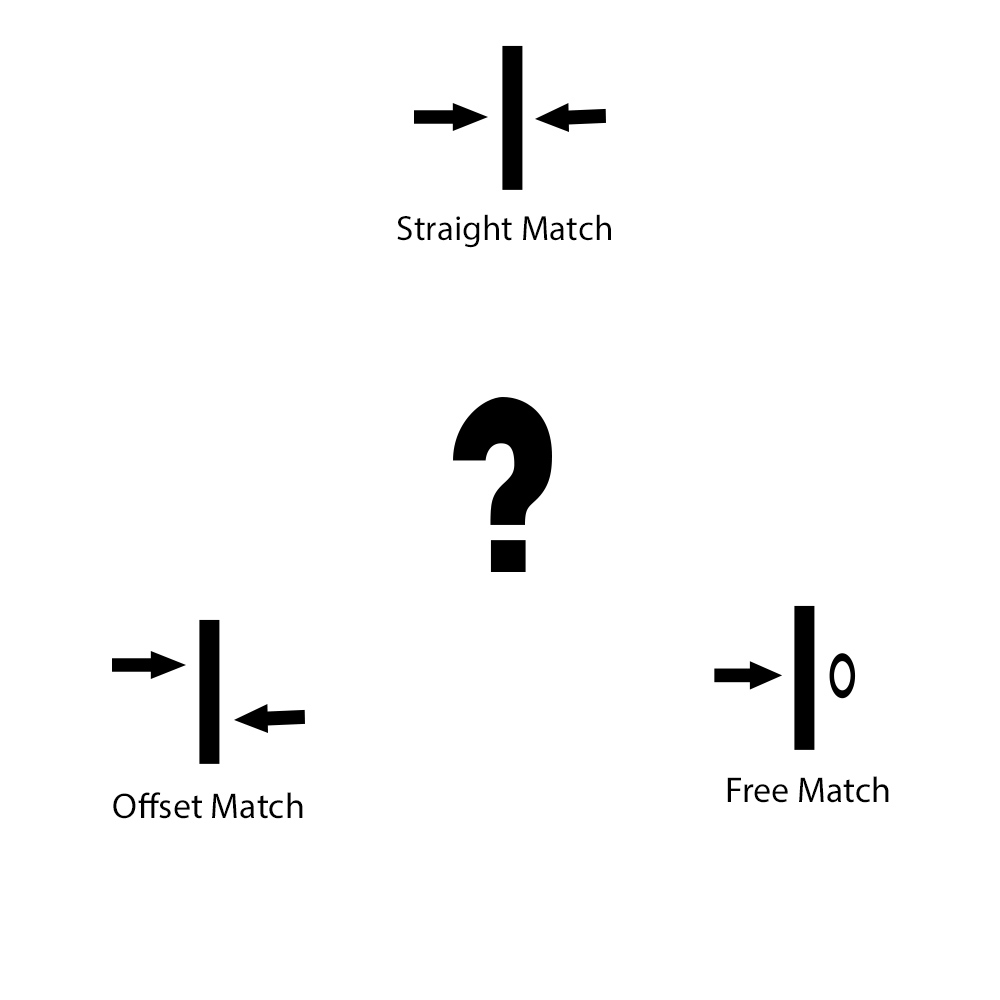
Not Cleaning Up Excess Paste Properly
Try as you might to avoid it, when pasting wallpaper, chances are you will accidentally get some of the paste on the front side of the paper. Where this becomes a problem is when you do not act quickly to correct this or use the right process to remove it. Most wallpaper, including every design that we sell here at World of Wallpaper, is printed in a water based ink infused with a binding solution to keep the wallpaper “colour fast”. If you do not remove excess paste immediately and properly, this can compromise the binding solution which can cause the colour to come off when wiped. On most wallpaper you will see a small wavy line symbol which indicates that the wallpaper is spongable. Using a damp sponge you can gently wipe away the excess paste. Whatever you do, do not scrub the wallpaper or wipe the paper too hard and do not use any cleaning fluid – just water. Although important for all types of wallpaper darker colours are particularly susceptible to colour loss in these circumstances.
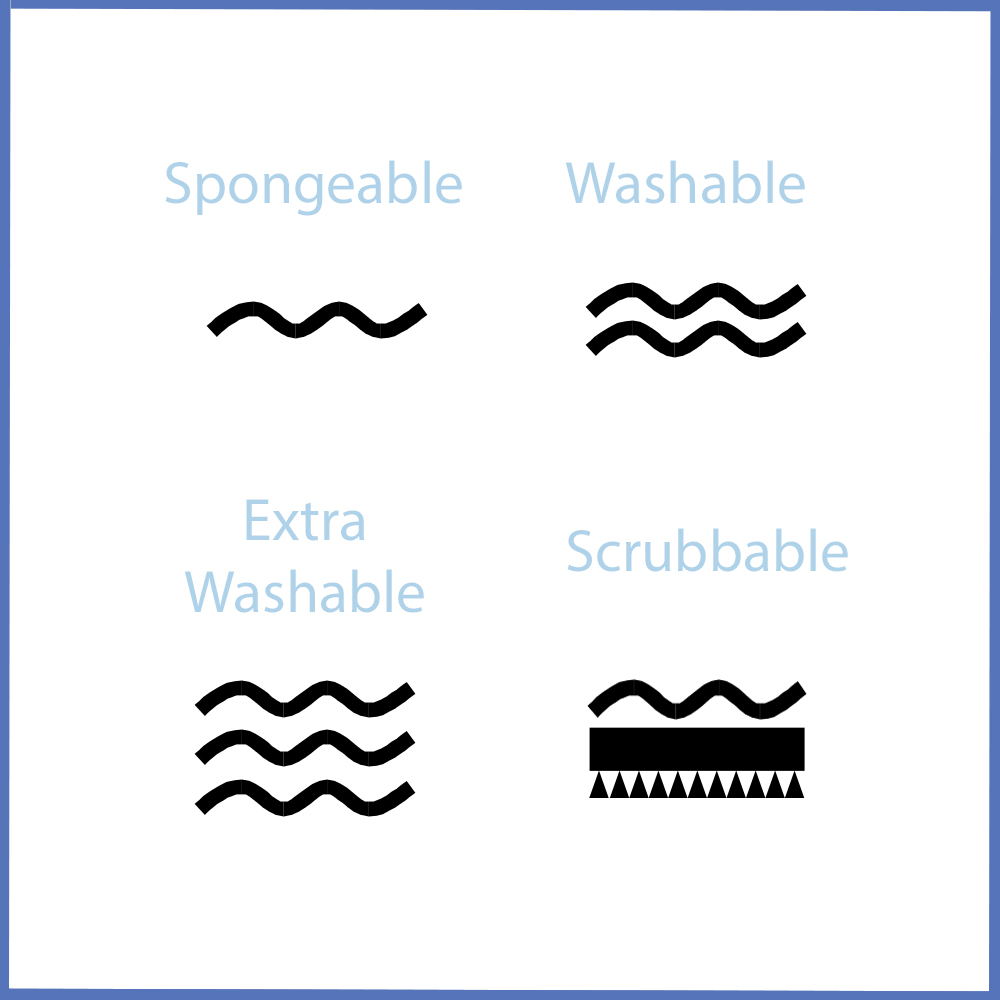
Wrong Conditions For Drying Wallpaper
A lot of people don’t realise actually how long it takes for wallpaper to dry out completely. It can take anywhere between 2 and 7 days depending on the type of wall covering used, the condition of the wall surface, the adhesive used and the atmospheric conditions in the room. The recommended conditions for drying wallpaper is drying it naturally in a well ventilated room. A common mistake made is having the heating on in the room. If the temperature of the room is too high while the paper is still drying then it is likely to shrink and gap as the drying process is unnaturally sped up.
Final Note
The majority of problems that occur when hanging wallpaper are completely avoidable. With the right preparation and research you can make the process so much easier for yourself and avoid the most common wallpaper traps! Whether you are brand new to the wallpapering world or you’ve been doing this for decades, with the constantly changing world of wallpaper it is important to keep on top of these really easy to avoid problems. Now you know what to look out for, go get wallpapering!

 United States
United States Australia
Australia Republic of Ireland
Republic of Ireland

